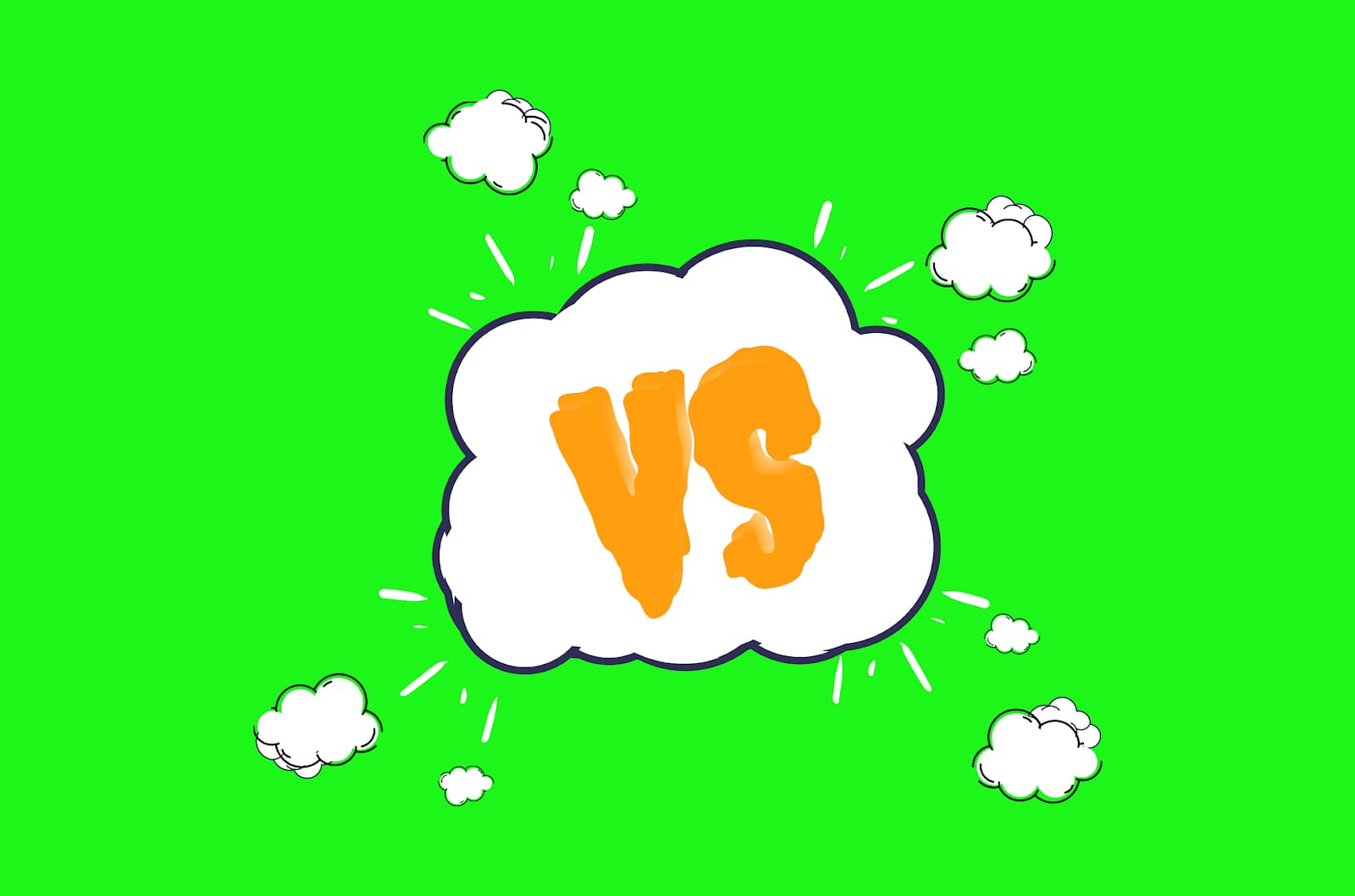
WordPress or Webflow: Selecting the Right Platform for Your Website
Selecting the ideal website builder is no simple feat. Webflow and WordPress are two renowned platforms that enable users to build websites with minimal technical expertise. Currently, almost 35 million active websites are using WordPress, a figure that continues to rise (source: https://trends.builtwith.com/cms/WordPress).
Although Webflow is a more recent platform, Webflow usage statistics reveal that it is already used by just short of 500,000 live websites. Predicting which platform will gain more popularity in the future might be challenging, but choosing the correct one based on your needs is relatively straightforward.
By the conclusion of this article, you should be equipped with the knowledge to make an informed decision and select the most suitable system for your requirements.
Webflow vs WordPress
Before we delve into details, bear in mind that no website builder is flawless. Regardless of your choice, there will always be compromises. Therefore, our primary objective is to assess the pros and cons of each platform and choose the best tool for the task.
To simplify the process, we’ve compiled a list of key questions to consider before committing to a specific platform, be it WordPress or Webflow.
Budget

How much do you intend to invest in your new website? And how much must you really spend to achieve the website you envision?
WordPress provides free plans and plugins. In all honesty, it could potentially be more cost-effective than Webflow. However, you’ll at least need to cover costs for hosting and a domain.
Fortunately, many top-tier WordPress hosting services offer budget-friendly plans for WordPress websites. Some shared plans begin as low as $5 per month!
However, since free WordPress websites may lack a professional look, you’ll likely need to invest around $15 monthly for a PRO subscription. Additionally, you might want a professional WordPress theme and a few paid plugins. Thus, while a WordPress website can be entirely free, there are several hidden expenses to keep in mind.
Webflow also provides free and paid plans. Currently, its priciest plan amounts to $39 per month (excluding the Enterprise plan), billed annually. Nevertheless, you receive a plethora of add-ons and integrations at no extra cost. Granted, a custom domain requires additional payment, but the primary advantage is the extensive functionality available immediately.
Remember, WordPress boasts a far greater selection of plugins compared to Webflow. With Webflow, you enjoy complete design liberty and attractive templates, whereas with WordPress, you need to purchase costly themes and WordPress design builders or create everything from the ground up.
User-Friendliness
After you’ve sorted out the costs, it’s time to consider another crucial factor – the platform’s ease of use. How much time will it take to build a website? How challenging will it be to maintain and upgrade this website in the future?
Generally, Webflow presents a more streamlined UI. Since the entire website builder was developed by a single team, it’s naturally easier to navigate and comprehend. WordPress code, conversely, can rapidly become cluttered due to the heavy reliance on plugins. WordPress resembles a patchwork of disparate elements that sometimes don’t align or function cohesively.
Broadly speaking, WordPress serves advanced users well because it offers limitless customization options. However, to create an advanced WordPress website, familiarity with PHP, JavaScript, HTML, and CSS is required. WordPress users also need to manage critical aspects like website performance and security independently.
In contrast, Webflow users have hosting, website security, and performance taken care of. Thus, if you’re a budding web designer seeking a visually appealing tool, opt for Webflow. If you enjoy tinkering with code or require a certain degree of autonomy, WordPress is your ideal platform.
Main Objective of the Website
Are you aiming to create a static website, landing page, or intricate portal for your clients? Do you intend to include a blog?
Generally, WordPress is a superior platform for blogging. This platform equips you with all the necessary tools to craft visually compelling blog posts and articles. Then, you can use a variety of free and paid tools to optimize, promote, and advertise your content.
Webflow CMS can also be used to establish a blog or e-commerce store. However, when it comes to integrations, Webflow isn’t quite as robust as WordPress.
So, if you’re planning to build something considerably more complex, WordPress is the way to go because you can find plugins for virtually any integration conceivable. But if your plan is to build just a simple page or two, getting started with Webflow is easier.
Target Audience
Who is your primary target audience? How many active users do you anticipate? Will your website be public or internal?
Consider all those individuals who’ll be using your website. Should your site be user-friendly, quick, functional, or a combination of these?
If you foresee a large user base for your website, Webflow can assist in creating a speedy and scalable site. While you can speed up a WordPress site, supporting and updating it becomes significantly more challenging with numerous active users.
Ease of Learning

How quickly can you master this platform? Is it straightforward to find solutions to your queries? Are there ample learning resources, tutorials, and guides available?
Unless you’re planning to develop a complex WordPress portal with multiple integrations, WordPress has a gentler learning curve than Webflow. Given its age and popularity, WordPress has an abundance of learning resources.
Being free and open-source, WordPress boasts a robust community. You can almost always find help online when needed.
Conversely, Webflow has a potent visual editor, reducing the need for assistance. Designers often prefer Webflow due to its intuitive features.
This platform provides everything required to construct a basic website – no plugin installation or integration necessary. Given its limited functionality, Webflow is generally easier to learn and use. You can find a wealth of valuable learning materials at Webflow University.
Future Plans
What’s your long-term strategy? Can you dedicate time to maintain this website? How frequently do you intend to update content and introduce new features?
Forward-thinking is crucial. With WordPress, you can’t simply launch the website and ignore it – it requires maintenance and regular updates. Generally, Webflow websites are less demanding to maintain, but much depends on your website’s functionality and integrations. The simpler the website, the easier it is to support.
The Bottom Line
In conclusion, both WordPress and Webflow have their own set of pros and cons. WordPress, being an older and more popular platform, boasts a wider selection of plugins and a robust community. It caters well to advanced users who are adept with coding languages like PHP, JavaScript, HTML, and CSS. However, it requires consistent maintenance and regular updates.
On the other hand, Webflow, with its visually appealing and intuitive features, is perfect for budding web designers. It takes care of hosting, website security, and performance, making it less demanding to maintain. However, it may not be as robust as WordPress when it comes to integrations.
Therefore, the choice between WordPress and Webflow should be based on your specific needs, technical proficiency, the objective of your website, your target audience, and your long-term plans.